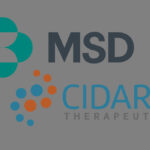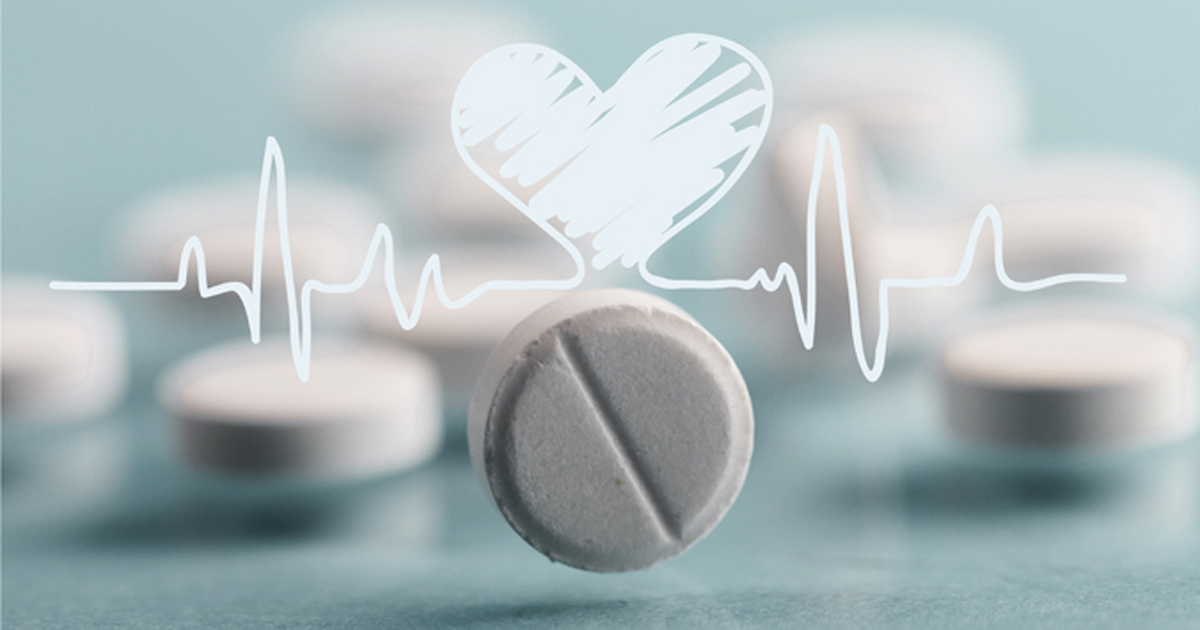September 09, 2025
2 min read
Key takeaways:
- P2Y12 monotherapy after PCI was not as protective from ischemic events vs. DAPT with aspirin.
- Monotherapy did reduce bleeding risk.
- Aspirin remains an important component of care early after PCI.
Early P2Y12 monotherapy after PCI for acute coronary syndrome was not noninferior compared with dual antiplatelet therapy with aspirin, but did reduce risk for bleeding events, a speaker reported.
The results of the multicenter, open-label, randomized NEO-MINDSET trial were presented at the European Society of Cardiology Congress and simultaneously published in The New England Journal of Medicine.

P2Y12 monotherapy after PCI was not as protective from ischemic events vs. DAPT with aspirin. Image: Adobe Stock
“DAPT, aspirin plus a P2Y12 inhibitor, is standard for patients with ACS treated with PCI, but it does increase the risk of bleeding,” Pedro A. Lemos, MD, PhD, of the Hospital Israelita Albert Einstein in São Paulo, said during a press conference. “The question that is posed here is that it would be possible for us to assess the effects of an immediate aspirin-free approach, and if it would be as protective as DAPT for thrombotic stents. If so, would it be safer in terms of bleeding?”
For their trial, Lemos and colleagues enrolled 3,410 patients in Brazil with STEMI, non-STEMI or unstable angina who underwent successful PCI with a contemporary drug-eluting stent (mean age, 60 years; 29% women; 69% white). Participants were randomly assigned within the first 4 days of hospitalization to either stop DAPT with aspirin and receive potent P2Y12 inhibitor monotherapy with ticagrelor (Brilinta, AstraZeneca) or prasugrel or to continue DAPT for 12 months.
The two ranked primary outcomes were a composite of all-cause mortality, MI, stroke or urgent target vessel revascularization and major or clinically relevant nonmajor bleeding, defined as Bleeding Academic Research Consortium (BARC) type 2, 3 or 5 bleeding.
Nearly one-fifth of the cohort was deemed high bleeding risk; about 45% had multivessel CAD; and almost all participants were on DAPT at baseline.
At 12 months, ischemic events occurred in 7% of the P2Y12 monotherapy group and 5.5% in the DAPT group (absolute risk difference, 1.47 percentage points; 95% CI, 0.16 to 3.1; P for noninferiority = .11), according to the study.
The second primary outcome — major or clinically relevant nonmajor bleeding — occurred in 2% of the P2Y12 monotherapy group vs. 4.9% in the DAPT group (absolute risk difference, 2.97 percentage points; 95% CI, 4.2 to 1.73; HR = 0.4; 95% CI, 0.26-0.59).
However, stent thrombosis occurred in a numerically higher percentage of the monotherapy group vs. the DAPT group (0.7% vs. 0.2%).
“Immediate P2Y12 inhibitor monotherapy with withdrawal of aspirin is not as protective as DAPT for ischemic events in patients with ACS after PCI, even though it does reduce bleeding,” Lemos said. “Aspirin is still an important drug, at least in these very early phases after infarction and PCI.”










